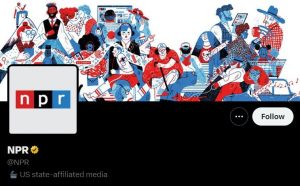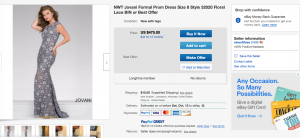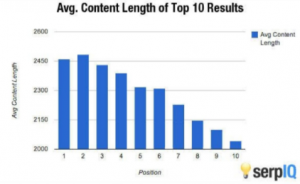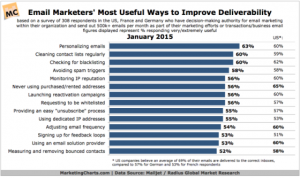A sales incentive program – like every business initiative – is an orchestra of strategy, creativity, and process, all harmonizing together to align a system with an overall set of goals.
Usually, in channel sales programs, these goals are fairly clear cut. Chiefly: make more indirect sales.
To get there, it’s key to consider the leading variables and success indicators that influence a smooth path to results.
Whether you’re selling appliances through dealers, automotive parts through service centers, tech through VARs, building materials through contractors – OEMs have fairly common goals they seek to accomplish in the relationship with external partners.
It’s imperative to understand and clearly define these performance objectives that will best drive to success.
Some of the main goals that OEMs design their programs around:

Sales is a fairly common and reasonable basic desire in incentive program. Sales is an ultimate umbrella outcome above all other goals. Simple as the concept is, sales could be defined in a multitude of ways including but not limited to gross revenue received via the program, customer lifetime value by partner, deal flow above an established baseline, number of partners achieving revenue targets, average cross-sell/upsell rate, percentage of annual net revenue lift per participant within product sets in test group vs non-incentivized control group of partners — you get the point. Determine: which sales performance metrics matter to you.
Engagement is a nebulous term; commonly desired but rarely explicitly defined. Usually, it describes how active and motivated partners are with your program, brand, and products. At WorkStride, we typically track this as program “Activities” in models such as User Registrations, Logins, Promotion Participation, Training/Content Consumption. Since engagement of the partner is a vital leading ingredient to revenue outcomes, setting engagement objectives is key to success.
Mindshare is a more abstract and antecedent version of marketshare. It’s the competition for the headspace of your partners, ultimately to gain an edge during sales interactions. Will partners think of you before making a product recommendation to a customer, or will one of your competitors come to mind? Make branding and communication goals part of your overall objective planning and measure how informed your partners are about your offerings.
Loyalty is an outcome of mindshare. Beyond remembering your brand, loyalty measures the propensity of your partners to patronize the purchasing of your inventory, selling or recommending your product, and serving as an effective ambassador for your brand. Making the program meaningful to the partner, memorable, and highly incentivizing helps to instill better loyalty. Setting marketshare goals and reducing the antagonist partners builds the loyalty that results sales.
For more information on achieving a winning incentive strategy, grab a copy of the new eBook, The 8 Pillars of Results-Based Partner Incentives.
Business & Finance Articles on Business 2 Community
(144)
Report Post







